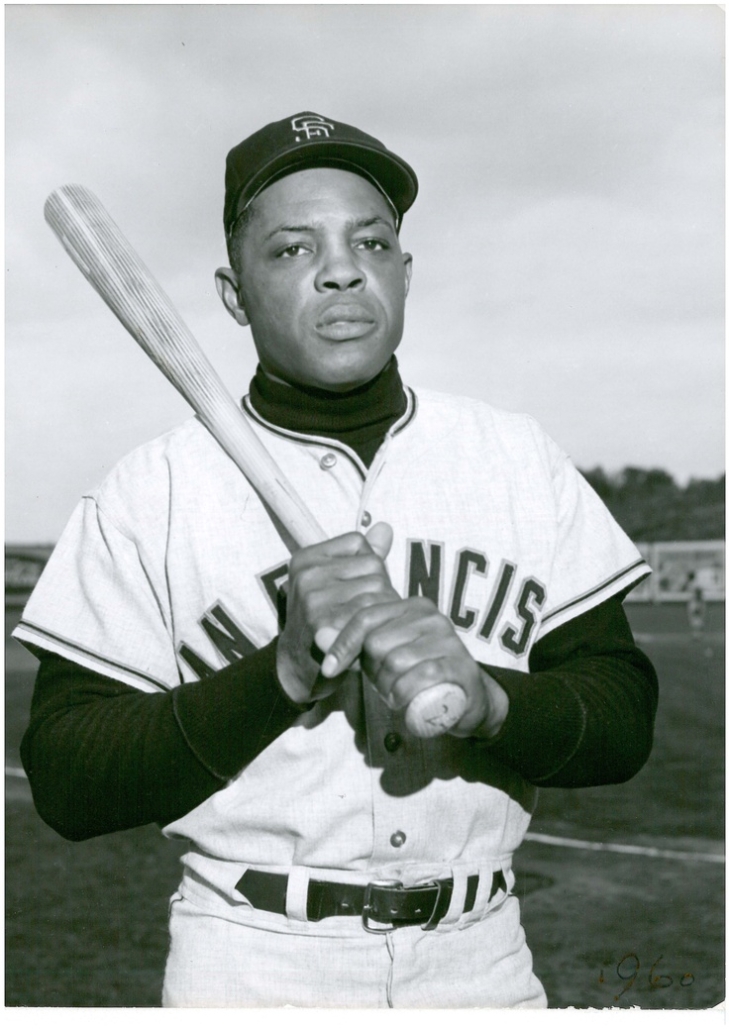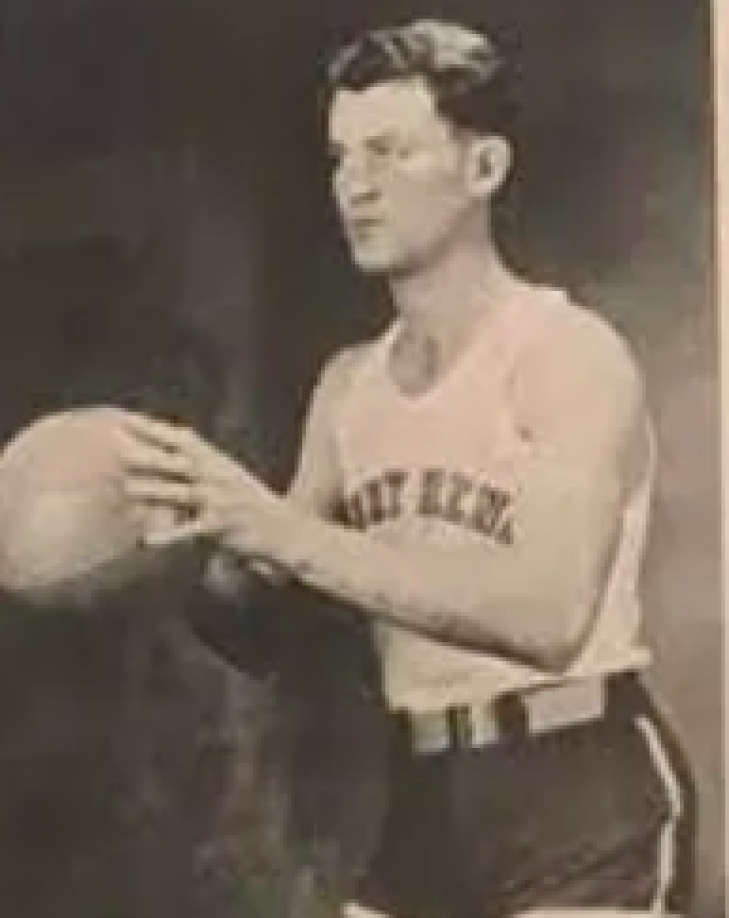
Committee Chairman
RIP: Willie Mays
The word legend doesn’t cut it.
Willie Mays, one of the greatest baseball players who ever lived, died at the age of 93.
Willie Mays played two years with Birmingham of the Negro Leagues before he signed with the New York Giants, and it would not take long before the “Say Hey Kid” became the face of the franchise.
Mays could do it all. When they speak of five-tool baseball players, Mays is the literal definition. He had it all. Mays had the power, the speed, the glove, the arm, and the average. There was nothing that he could not do, and that wasn't the case just for a year or two; Mays had those skills for most of his career. Mays could very well be the most complete baseball player that ever lived.
Debuting for the Giants in 1951, Mays won the Rookie of the Year and was the spark plug for the team that shocked the world by coming from 13.5 Games behind in August to win the Pennant. New York didn’t win the World Series, but they had a star on the rise, but military service kept him out of 1953 and most of 1952. When he returned, he staked a claim as baseball’s top dog.
Mays won the Batting Title, 1954 MVP, and led New York to a World Series Championship. Although 1954 was his only World Series win, his individual greatness was cemented in every facet of the sport. He went to his first All-Star Game and would be invited every year until 1971.
Mays had the perfect eye at the plate. He batted over .300 nine times and drew Walks, netting an OBP over .400 five times and winning two OBP Titles. The Power game with Mays was also one of the best ever. Mays won four Home Run Titles, blasting 646 of 600 career Home Runs with the Giants. Mays never won an RBI Title but had at least 100 in a season ten times with 1,909 overall as a Giant. An MVP again in 1965, Mays had six more top-five MVP finishes.
Speed was another one of Mays's calling cards. He led the NL in Stolen Bases four years in a row (1956-59) with 336 as a Giant. Mays was also one of the game's top defensive players, having not only made the 1954 over-the-head catch in Game 1 of the World Series but continuing to dominate on the field. He led the NL in Defensive bWAR in 1954 and was in the top ten seven other times. He also was a three-time leader in Total Zone Runs.
Mays was traded to the New York Mets during the 1972 Season, where he unceremoniously ended his career, though he did help them win the 1973 Pennant. He is still the all-time Giants leader in bWAR (154.5), Offensive bWAR (134.8), Runs Scored (2,011), Hits (3,187), and Home Runs (646).
Mays was inducted into the Baseball Hall of Fame in 1979, his first year on the ballot. San Francisco retired his number 24 in 1972 while he was still an active player, and he was later an inaugural member of the Giants Wall of Fame in 2008. He was also chosen for our inaugural United States Athletics Hall of Fame.
We here at Notinhalloffame.com would like to extend our condolences to the fans, family, and friends of Willie Mays.
.
111. Glenn Roberts
Here is another candidate where we have to go way back in the time machine, so much so that we predate the NBA by years.
Playing his college ball at Emory and Henry, Glenn Roberts was a one-man scoring factory posting numbers that were unheard of at the time. Playing college ball from 1931 to 1935, Roberts averaged 19.4 Points per Game, which may not sound like it is elite, but remember the following:
There was no shot clock.
It was rare for a winning team to score 35 Points.
After every basket, the ball was placed back at center court, eating time off the clock as it continued to run.
Yeah, pretty impressive.
Let’s throw in something else: Roberts is credited with creating (or at least being the first player to popularize) the jump shot, which shows his fingerprints all over the modern game.
Roberts would later play in the NBL, winning a championship with Akron in 1939, but this league was primarily forgotten, as were his college accomplishments. Had it been for a higher-profile school, he may have been inducted already, but history still needs to be rewritten.
325. Bubba Baker
Had the NFL officially tracked Sacks in the years leading up to 1982, Al “Bubba” Baker might have gained some Hall of Fame traction.
Baker began his professional career with the Detroit Lions and instantly became the heart of Detroit’s Silver Rush Defense. The former Colorado State Ram led the league (unofficially) in Sacks as a rookie with 23. He easily won the Defensive Rookie of the Year, was a First Team All-Pro, and was the scariest pass rusher in the league. He dominated again in 1979 with 16 Sacks and had his second “unofficial” sack crown with 17.5 in 1980. Yep, 56.5 in his first three years!
Baker remained a potent player, but he ne did not go to another Pro Bowl beyond his first three seasons. He was sent to the St. Louis Cardinals following a contract dispute, and in his four years under the Arch, he recorded 37.5 Sacks, with three double-digit years. Baker played four more years, mostly in a reserve capacity, with three years in Cleveland and one in Minnesota.
He retired with 131.0 Sacks, a colossal number that remains unofficial, but those are not disputed metrics.
321. Sam Madison
An All-American at Louisville, where he eventually joined their Ring of Honor, Sam Madison joined the Miami Dolphins as a Second Round Pick in 1997. Madison started three games as a rookie and became the Dolphins' starting right cornerback in his second year. From that year to 2002, he was one of the best shutdown defensive backs in football.
Madison had eight picks in 1998 and was a Pro Bowl snub, though was rewarded with a Second Round pick and was sixth in Defensive Player of the Year voting. Madison then led the NFL in Interceptions in 1999 (7) and began a string of four Pro Bowls and two First Team All-Pros. Paired with Patrick Surtain, the duo played a large part in Miami’s regular trips to the postseason in that period.
Madison was released by the Dolphins and signed with the New York Giants, adding veteran depth to their secondary. He helped them win Super Bowl XLII in that shocking win over New England and retired a year after with 36 career Interceptions.





